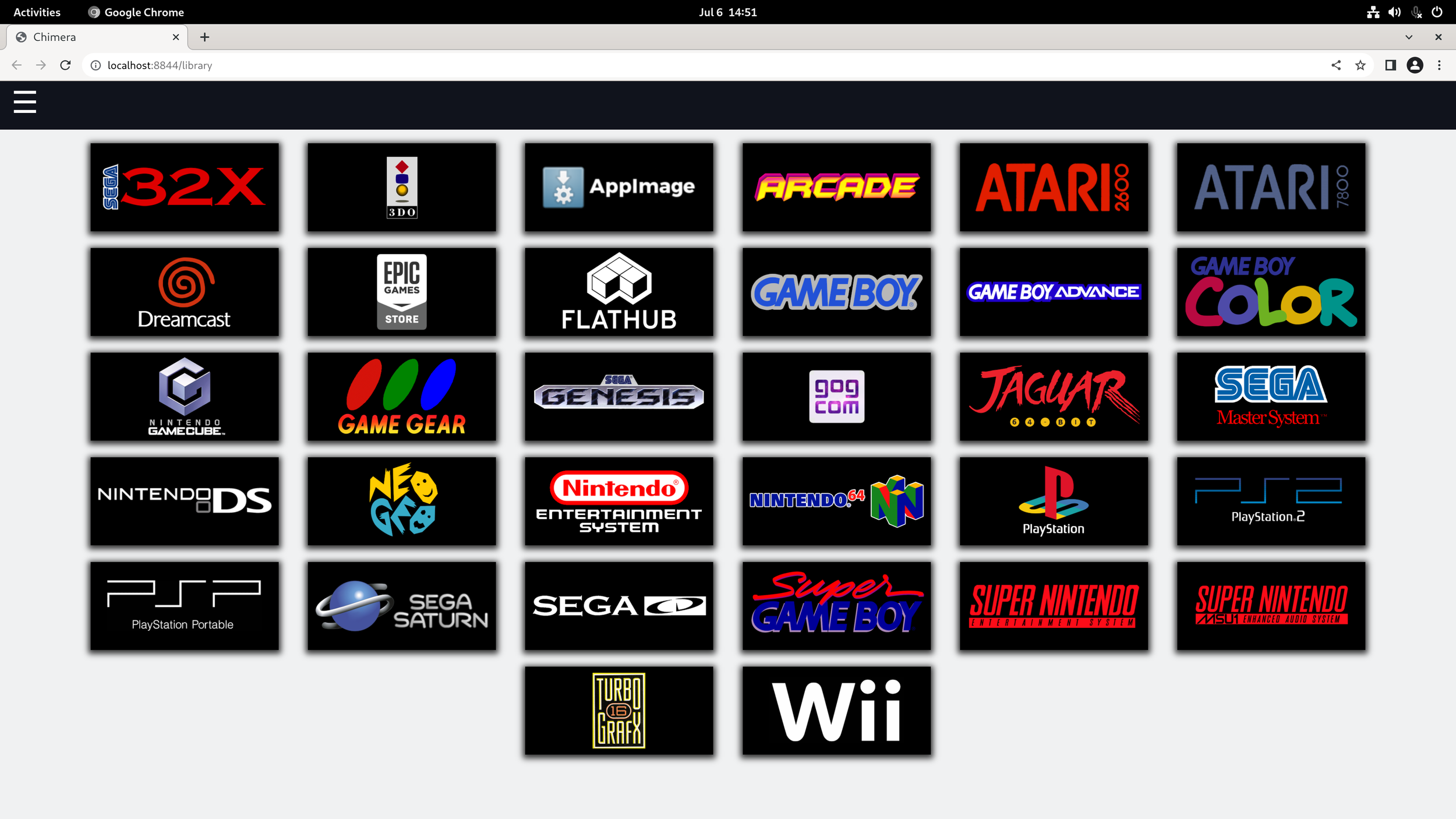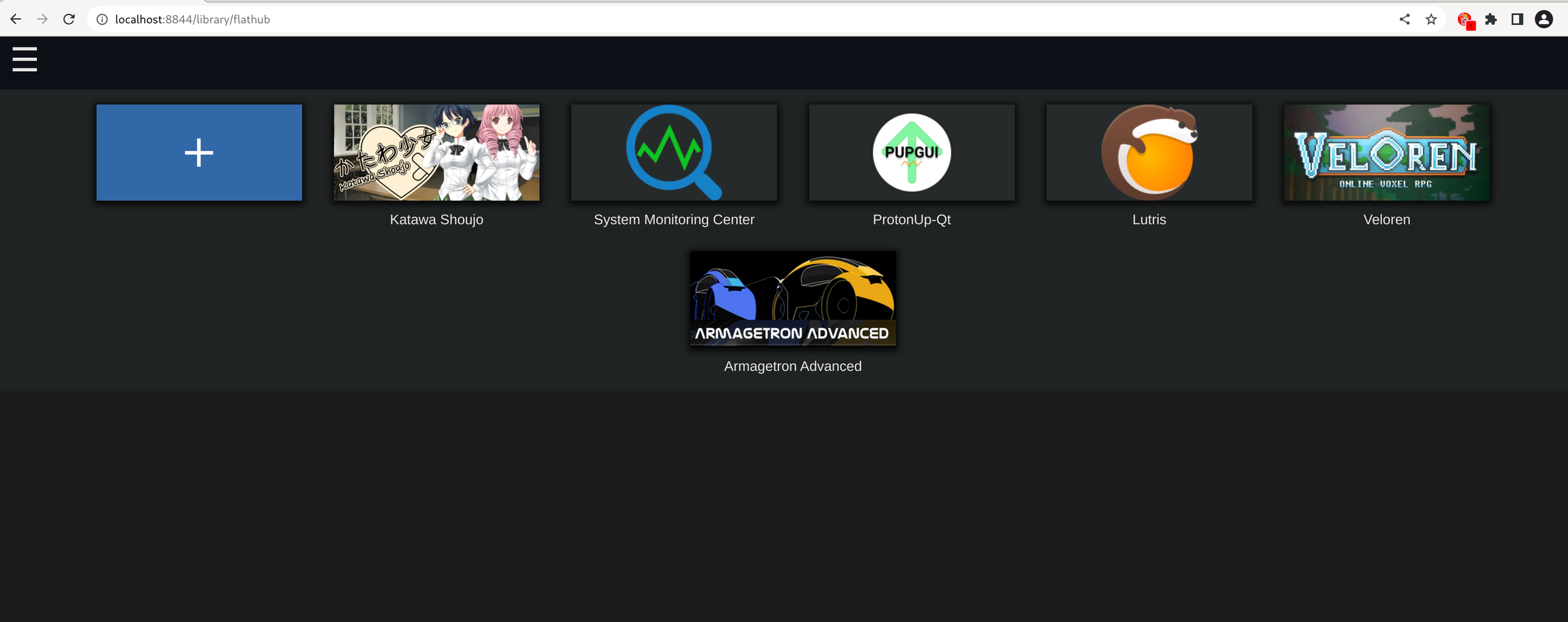Looking back on my 2024 Linux Gaming in 2025
/Hi all! I’m sure it’s been a while since I’ve posted. With new jobs and undocumented side projects comes a loss of a track of time it seems. Nevertheless, I’d like to take a look back on the games I played in 2024 on Linux.
Looking back at 2024, it seems I picked up V Rising quite a bit this year. Sharing a server, hosted by a friend of mine, was quite fun. We’d all build up our castles and sack bosses together, as well as get minions and the like. The game ran flawlessly on Linux over the recommended Proton for most of that summer onwards and we played our hearts out.
Core Keeper and No Man’s Sky have been flawlessly working for my on Linux for years, through Proton, so I have no complaints there…outside of the fact that Core Keeper doesn’t optimize Unity. One of the last Unity holdouts, I think Core Keeper will run on it forever despite being a mostly 2D game. The backend chomps at your Steam Deck’s battery life despite you only seeing whats on your screen as you progress in the game. It only gets about 3-4 hours on a good day with the Steam Deck OLED due bloated Unity.
Streets of Rogue 1 has been an interesting story, as running it with the Linux Runtime seems to have you needing to tap around the main menu a bit with your fingers before it recognizes the Steam Deck controls, or Xbox controllers for that matter. When running it through Proton Experimental? Runs fine, but say goodbye to the saves you had in the Linux Runtime. I’ve only recently started playing the Demo for Streets of Rogue 2, and the developer only recently added controller support, so I’ll make a ProtonDB post in the future if the next game needs any tweaks.Steam Machine.
Palworld barely ran when it first came out, due to needing some optimizations. Nowadays, I tend to use the latest Proton-GE for Palworld to be on the safe side, in case any updates come through that break compatibility in some way. I’ve been playing Palworld on and off for probably the past month or so as I try to level up enough in my singleplayer save to access the new content without worries. Great game all around, and screw Nintendo for suing them.
Another game I’ve played a bit in 2024, which likely wasn’t tracked by Steam, was the Ship of Harkinian take on the Legend of Zelda Ocarina of Time. I’ll link to their website here, but wow it’s refreshing being able to play OoT on my Steam Deck and living room Steam Machine. It’s been running excellent.
I’ll be selling the Steam Machine build soon, and replacing it with a Minisforum hx99g.. It will still be running Bazzite, unless the previous audio issues pop back up, in which case it will likely run ChimeraOS. I don’t have any new images of the Steam Machine build, so here’s a previous one. The cables are only slightly more organized, and I bet custom-length sleeved cables would have likely helped immensely with the heat management in here, as the GPU keeps dumping heat into the CPU if ran for longer than four hours on high settings.
Throughout 2025, despite my A.D.D. and prone to getting distracted often in my free time, I’ll try to finish the other projects I’ve half-started. I’d like to finish my FPGA FunnyPlaying GameBoy Color build, 3D print some things with the AnkerMake3D from years back that I’ve just now setup, and eventually finish the Intel Meme Machine build when I can find a case that doesn’t use shitty proprietary fan controllers.
In other news, here’s some things I’ve been reading, watching or getting involved with this year:
Someone is supposedly trying to dual-boot PopOS and Windows 7 on their much-newer-than-windows7 Framework 16
The awesome local Out of Spec guys did a first-hands-on review of the upcoming repairable Scout EVs
Edison Motors is building some fantastic EREV semi trucks this year, I love their right to repair mission
Tangara is a wonderful little open hardware music player reminiscent of the iPod modding scene…..that I absolutely want for my birthday
Signal Desktop is still crashing due to a database error that the team apparently won’t fix, I’m currently running it through a Debian distrobox on Fedora until the flatpak is in a working state
FEX has a new update! I wish someone gifted me an M1 or M2 MBA to test some Asahi Fedora Remix gaming on



